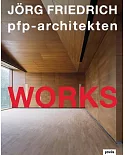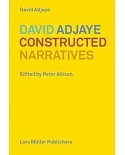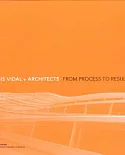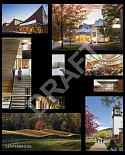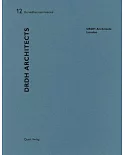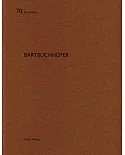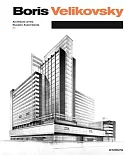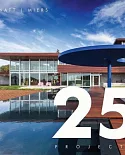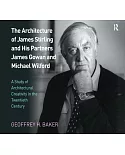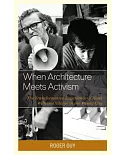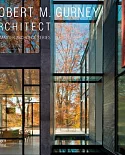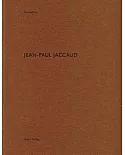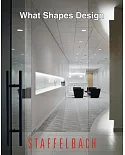Frank Lloyd Wright (1867-1959) is acknowledged as America's greatest architect. By the first decade of the twentieth century he had reexamined all aspects of architecture, pioneering advanced
applications of materials, transforming interior space into continuous interwoven areas, and redefining architectural programs for the new democratic society he envisioned. Over the next five
decades, while fulfilling specific commissions, he continued to conceive of individual buildings as solutions to general problems. His designs can be grouped into nine typologies according to
the basic human functions they were designed to serve: communal work, commerce, worship, learning, the arts, recreation, the community, individual dwelling, and communal dwelling. Near the
end of his life, in 1958, Wright published The Living City, the final version of his vision of an ideal social order. Indeed, all of his building and projects can be seen,
retrospectively, as prototypes and proposals, models for the new, decentralized pattern of living that he offered as a blueprint for the future and from which we have much to learn
today.
Frank Lloyd Wright and the Living City is an innovative survey of Wright's career focused upon the nine basic building types found in the Living City and pursuing the evolution of each
throughout his career. The text and illustrations combine to reveal his lifelong ideal of organic architecture, in which he envisioned each building, its interior, and the furniture and
fixtures within it, as well as the surrounding landscape or town. Edited by David G. De Long, the book includes essays by David G. De Long on Wright and his vision of the Living City, by
Jean-Louis Cohen on Wright and the European reception of his designs, by David A. Hanks on Wright's decorative arts and their European counterparts, and by J. Michael Desmond, Richard Joncas,
and Jack Quinan on the nine typologies. Bruce Brooks Pfeiffer has contributed a biographical outline of the architect's career. The book accompanies a major traveling exhibition organized by
the Vitra Design Museum, Weil am Rhein, Germany, with the collaboration of Exhibitions International, New York, and with the cooperation of the Frank Lloyd Wright Foundation.
Frank Lloyd Wright (1867-1959) is acknowledged as America's greatest architect. By the first decade of the twentieth century he had reexamined all aspects of architecture, pioneering advanced
applications of materials, transforming interior space into continuous interwoven areas, and redefining architectural programs for the new democratic society he envisioned. Over the next five
decades, while fulfilling specific commissions, he continued to conceive of individual buildings as solutions to general problems. His designs can be grouped into nine typologies according to
the basic human functions they were designed to serve: communal work, commerce, worship, learning, the arts, recreation, the community, individual dwelling, and communal dwelling. Near the
end of his life, in 1958, Wright published The Living City, the final version of his vision of an ideal social order. Indeed, all of his building and projects can be seen,
retrospectively, as prototypes and proposals, models for the new, decentralized pattern of living that he offered as a blueprint for the future and from which we have much to learn
today.
Frank Lloyd Wright and the Living City is an innovative survey of Wright's career focused upon the nine basic building types found in the Living City and pursuing the evolution of each
throughout his career. The text and illustrations combine to reveal his lifelong ideal of organic architecture, in which he envisioned each building, its interior, and the furniture and
fixtures within it, as well as the surrounding landscape or town. Edited by David G. De Long, the book includes essays by David G. De Long on Wright and his vision of the Living City, by
Jean-Louis Cohen on Wright and the European reception of his designs, by David A. Hanks on Wright's decorative arts and their European counterparts, and by J. Michael Desmond, Richard Joncas,
and Jack Quinan on the nine typologies. Bruce Brooks Pfeiffer has contributed a biographical outline of the architect's career. The book accompanies a major traveling exhibition organized by
the Vitra Design Museum, Weil am Rhein, Germany, with the collaboration of Exhibitions International, New York, and with the cooperation of the Frank Lloyd Wright Foundation.


